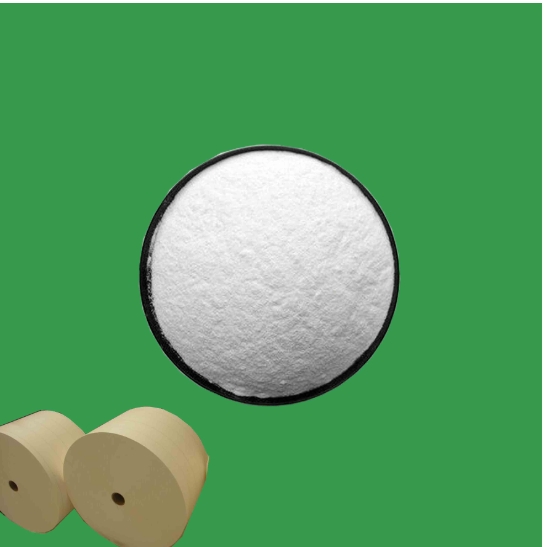
Nov . 01, 2024 18:53 Back to list
Use of Titanium Dioxide in Rubber Manufacturing Processes and Applications
The Role of Titanium Dioxide in Rubber Factories
Titanium dioxide, commonly referred to as TiO2, is a versatile and essential material in various industries, including rubber manufacturing. Its properties make it an attractive additive that enhances the quality and performance of rubber products, showcasing its significance in the production process.
One of the primary roles of titanium dioxide in rubber factories is as a pigment. Its brilliant whiteness and excellent opacity make TiO2 an ideal choice for coloring rubber products. Whether used in tires, seals, or gaskets, titanium dioxide provides a bright white finish that enhances the aesthetic appeal of the final product. This is particularly important in consumer-facing products where appearance can influence purchasing decisions.
In addition to its pigmentation properties, titanium dioxide also serves as a reinforcing filler. When incorporated into rubber compounds, TiO2 improves the mechanical strength of the rubber, including its tensile strength and tear resistance. This reinforcement is crucial for products that must withstand significant stress and strain, such as automotive tires, which require high durability and performance standards.
titanium dioxide used in rubber factories

Moreover, titanium dioxide improves the weather resistance of rubber products. The presence of TiO2 helps in protecting rubber from UV radiation and oxidative degradation, which can lead to discoloration and loss of physical properties over time. This characteristic extends the lifespan of rubber items and maintains their functionality, a significant consideration in outdoor applications such as seals and protective equipment.
Safety is another critical aspect of using titanium dioxide in rubber production. Compared to some traditional fillers, titanium dioxide is considered more environmentally friendly and less toxic. As industries move towards greener practices, the use of TiO2 aligns with the criteria for sustainable manufacturing, making it a preferred choice for eco-conscious companies.
In recent years, advancements in processing technologies have further optimized the use of titanium dioxide in rubber compounding. Innovations such as surface treatments and modifications have enhanced the compatibility of TiO2 with various rubber polymers, leading to improved dispersion characteristics and overall performance. These developments have made it easier for manufacturers to achieve desired mechanical and aesthetic properties in their rubber products.
In conclusion, titanium dioxide is an indispensable component in rubber factories, providing benefits that range from pigmentation and reinforcement to weather resistance and eco-friendliness. Its role in enhancing the overall quality of rubber products cannot be overstated, making it a vital ingredient for manufacturers striving for excellence in their offerings. As the rubber industry continues to evolve, the versatility and performance of titanium dioxide are sure to remain significant factors in the production of high-quality rubber goods.
-
Premium 6618 Titanium Dioxide for GPT-4 Turbo Applications
NewsJul.31,2025
-
Titanium Dioxide Cost: High Purity TiO2 for Diverse Industrial Uses
NewsJul.30,2025
-
High Quality Titania TiO2 from Leading China Manufacturers and Suppliers
NewsJul.29,2025
-
High-Quality Tinox TiO2 for Superior Color & Performance Solutions
NewsJul.29,2025
-
High Quality Titania TiO2 from Leading China Supplier & Manufacturer
NewsJul.29,2025
-
High-Performance r6618 TiO2 for Superior Whitening and Versatility
NewsJul.28,2025
